Film crew from Ha Tay province (old) and Phu Yen province during a filming trip about musician Nhat Lai. The third person from the left is musician Kpa Y Lang, also from Phu Yen. Photo provided by the family of the late musician Nhat Lai |
Remember the 25th anniversary of Phu Yen's liberation (1995), VTV Phu Yen produced the documentary film Remembering Nhat Lai. VTV Phu Yen's intention to make a film about musician Nhat Lai - the brother of poet and martyr Nguyen My - had been around for a long time, but like his younger brother, musician Nhat Lai passed away leaving behind almost nothing, except for the manuscripts still on the piano keys, in the desk drawer and a few photos. Those were not small obstacles for a documentary. However, musician Nhat Lai had many colleagues, comrades and friends who knew about him.
Talented son of Tuy An homeland
The time we made a film about him was also the time when Ha Tay Radio and Television Station (now merged into Ha Tay Radio and Television Station) returned to Phu Yen to make a film about musician Nhat Lai - author of the famous song Ha Tay Que Lua, the theme song of Ha Tay Radio and Television Station for quite a long time. We were fortunate to have access to a lot of information about musician Nhat Lai provided by family and friends. One of those documents was more than 3 handwritten pages with the title "To remember the days living with the late musician Nhat Lai" by Mr. Nguyen Tai, former Chief of Tuy An District Police, a relative and childhood friend of musician Nhat Lai.
According to Mr. Tai, today, every time he hears Voice of Vietnam broadcast songs like Ha Tay Que Lua or Tieng Hat Mo Duong, he can't help but feel nostalgic and miss the days he lived with the late musician Nhat Lai.
Late musician Nhat Lai. Photo provided by family |
Musician Nhat Lai's real name is Nguyen Tuan, born on May 12, 1931 in a middle-class family in Trung Luong village (An Nghiep commune, Tuy An district), 5 years older than Mr. Tai. On Nhat Lai's maternal side, his maternal grandfather, uncle, and aunt were all good players of traditional instruments and drums and were good at singing Tuong. Due to his maternal influence and talent, at the age of 6, Nhat Lai already knew how to play the small drum (war drum), blow the funeral trumpet, play the lute and clap the gong. When he was young, Nhat Lai loved fishing and was good at shooting birds with a slingshot tied with a rubber band. One day, when he was looking for birds to shoot, he met his friends herding cows in Hon Deo, Lo Huong. Nhat Lai directed the rehearsal and performance of the play right there, especially the San Hau play, the actors' faces were painted with a jar of squirts, and swiped from the Kitchen God's stone.
Folk music and traditional theater were deeply ingrained in Nhat Lai's mind as a teenager. At the age of 10, he passed the Elementary School exam, then continued to study at the district school in Ngan Son and the provincial school. Musician Nhat Lai studied both reading and writing, violin, and harmony in Quy Nhon.
After the August Revolution succeeded, he joined the An Nghiep Youth Union and led the local youth team. In 1946, he and his cousin Nguyen Viet Tuu and Mr. Nguyen Tai attended the first reconnaissance class of Phu Yen province opened in Tuy Hoa town, taught by a teacher named The from Hanoi. After returning from the course, musician Nhat Lai used his knowledge to organize and raise the youth movement of the commune to a very high level, contributing to the fight against the French.
In 1948, Nhat Lai attended the High School for the People in Quang Ngai and two years later worked as a cadre at the Information and Propaganda Department of Dak Lak province. One day, he went home on leave to visit his family and brought along a few Ede teenagers. Every time the musician returned to his hometown, the children in the area were given many new songs and plays to practice. He practiced dressing up as Gia Rai, Ba Na, and H'Re ethnic groups and singing and dancing to Central Highlands songs. Nhat Lai's mother, in addition to traditional plays, also sang modern music songs he composed such as Ai Yeu Dak Lak, Di Danh Don Tay... which were liked by many people. When he returned home in 1950, he brought his younger brother, poet Nguyen My, to join his working team.
When he was studying in Quang Ngai, his classmates jokingly nicknamed him “Dwarf Nhat” because he was short and stocky. He liked the new name so much that he used it as a pen name and changed it to Nhat Lai (meaning half Japanese but short).
Great contribution to Central Highlands music
Working in Dak Lak, musician Nhat Lai learned the language of ethnic minorities in the Central Highlands. He often wore a loincloth, went barefoot, and traveled to villages to learn about the life and culture of the Ede, Ba Na, Gia Rai, H'Re... and spoke their languages fluently. He collected, researched folk songs and composed music about the Central Highlands.
Many times he went deep into the temporarily occupied area with the working group for a few months before returning to the rear to rest. Every time there was a congress summarizing the campaigns, he often practiced with the youth in An Nghiep commune such performances as Buon chieu, Ai yeu Dak Lak, the scene Di danh don Tay, and the musical Ama Trang Long. The performances of Dak Lak province were warmly welcomed by the congress. He returned to the rear to rest, but he himself slept little. There were times when his friends woke up and it was late at night, but he was still sitting at the table whistling and writing music. He made great contributions to the music of the Central Highlands.
In the legacy that musician Nhat Lai (alias Van) left behind, we must mention the songs: Hatred of the Western robbers of the black rice season, Waiting, Chim Pong Kle, Suoi dan to rung, Ha Tay que lua, Bai ca anh Ho Giao, Ban Muong trong nang moi, Bai ca song of the Nhat Le river, Dan loi...; the musical scene Ra di, the musical Ben bo Krong Pa; chamber symphonic works: the ensemble Tay Nguyen Dance, the rhapsodie Tieng gong mua xuan, the ballad Tieng trong dong, the symphony No. 1 Dat lua...; dance music Rong gong, Di san, Mua cham, Mua drum Tay Nguyen, Mua chiec coong, Co gai E De, Dam trau, Gia gao...; dance plays: Hoa sen, Thach Sanh, No than...; soundtrack for the film Rung Xa Nu...
The Geneva Agreement was signed, musician Nhat Lai gathered in the North. He studied at university majoring in Literature and History, and worked at the Vietnam Musicians Association. The talented son of Tuy An continued his career of researching and composing music, especially music with the sound of the Central Highlands.
When the country was unified, he returned to visit his hometown. Unlike others who returned to their hometowns, he did not follow the village road but took a shortcut to Ong Tan wharf - where he fished when he was a child and Lua bridge at the beginning of the village - where children often gathered for him to practice singing and dancing on moonlit nights.
He passed away quite suddenly due to a heart attack after a trip to the Soviet Union to stage the symphony Land of Fire in January 1987.
Musician Nhat Lai has passed away, but his compositions contributed to the people's fight against the French and Americans, liberating the South, unifying the country, and have been passed down to later generations.
Source: https://baophuyen.vn/van-nghe/202504/doi-dieu-chua-biet-ve-co-nhac-si-nhat-lai-90c2799/



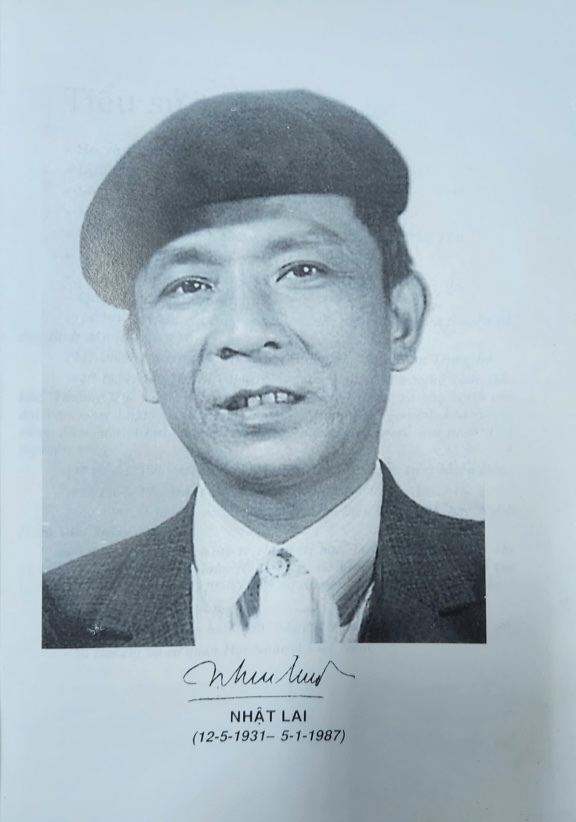
![[Photo] Memorial service for former President Tran Duc Luong in Ho Chi Minh City](https://vphoto.vietnam.vn/thumb/1200x675/vietnam/resource/IMAGE/2025/5/25/c3eb4210a5f24b6493780548c00e59a1)
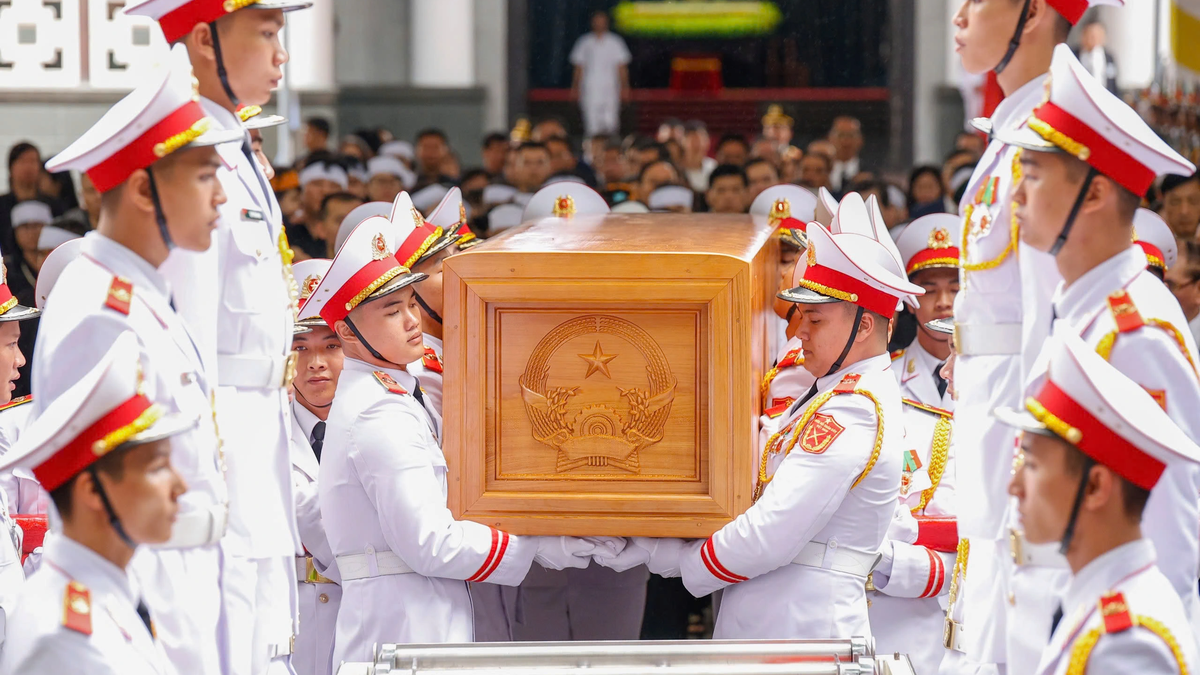
![[Photo] President Luong Cuong receives Vice President of the Cambodian People's Party Men Sam An](https://vphoto.vietnam.vn/thumb/1200x675/vietnam/resource/IMAGE/2025/5/25/6f327406164b403a8e36e8ce9d3b2ad2)
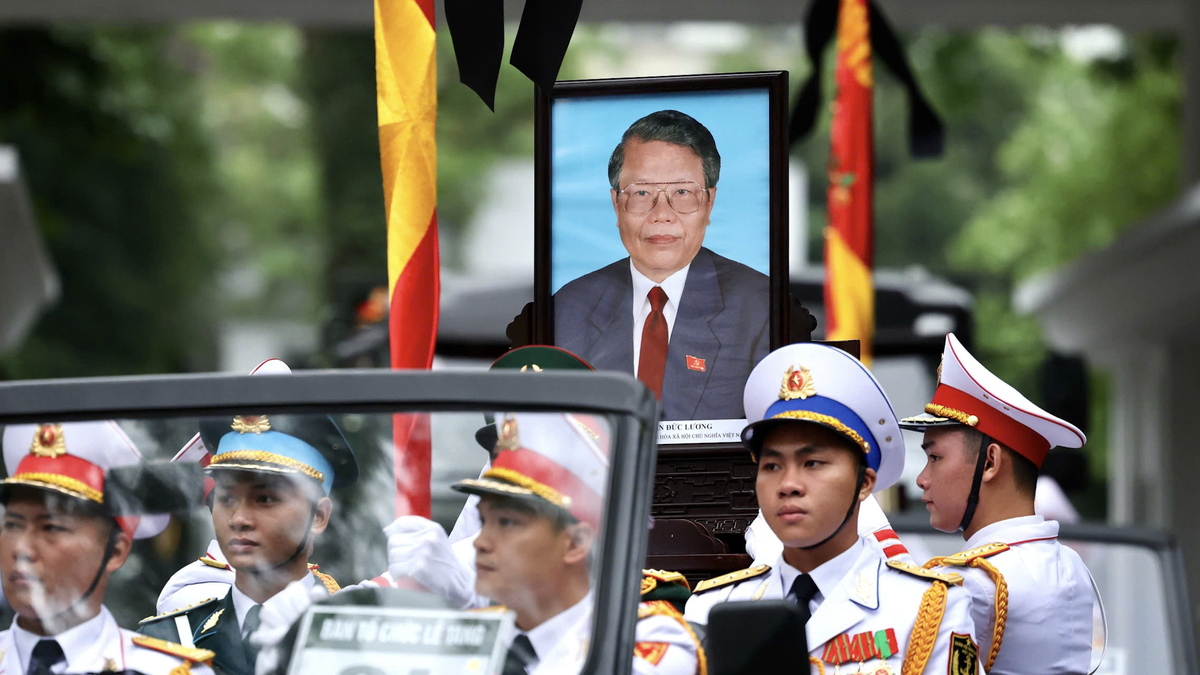
![[Photo] President Luong Cuong receives Lao Vice President Pany Yathotou](https://vphoto.vietnam.vn/thumb/1200x675/vietnam/resource/IMAGE/2025/5/25/958c0c66375f48269e277c8e1e7f1545)
![[Photo] Prime Minister Pham Minh Chinh meets the Vietnamese community in Malaysia](https://vphoto.vietnam.vn/thumb/1200x675/vietnam/resource/IMAGE/2025/5/25/1f11d1256d7745a2a22cc65781f53fdc)






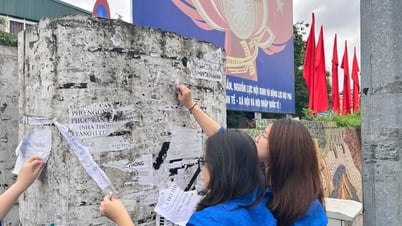
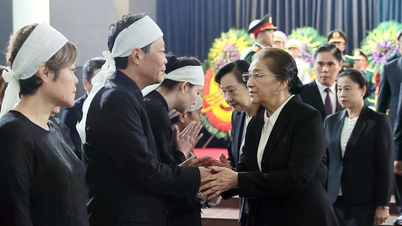







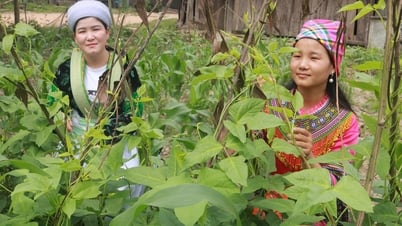
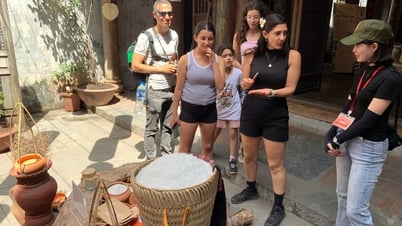





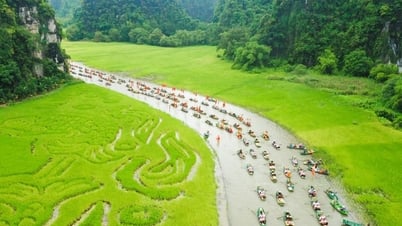

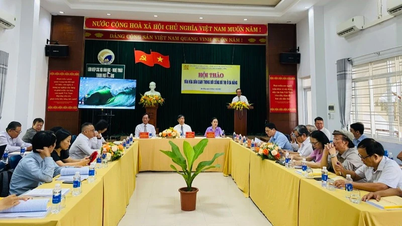











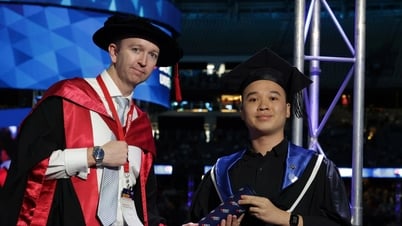











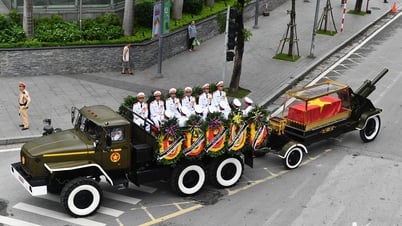


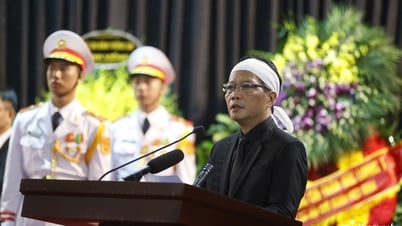
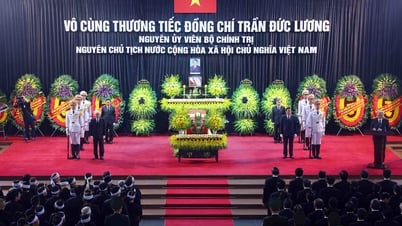
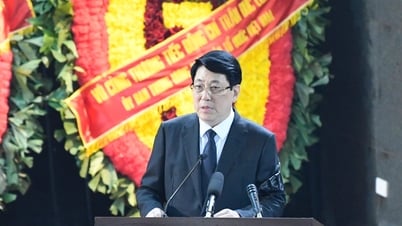














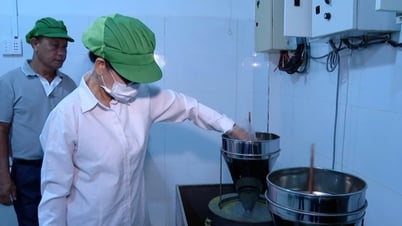






Comment (0)